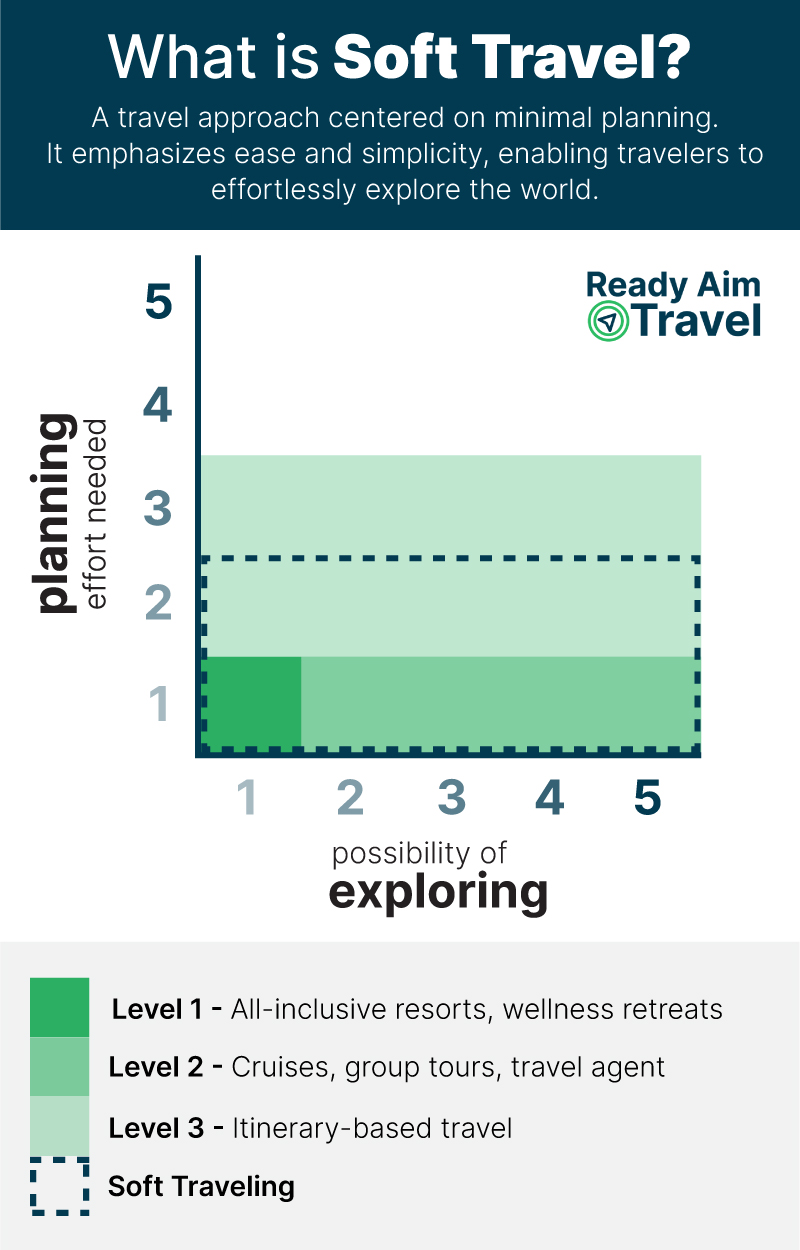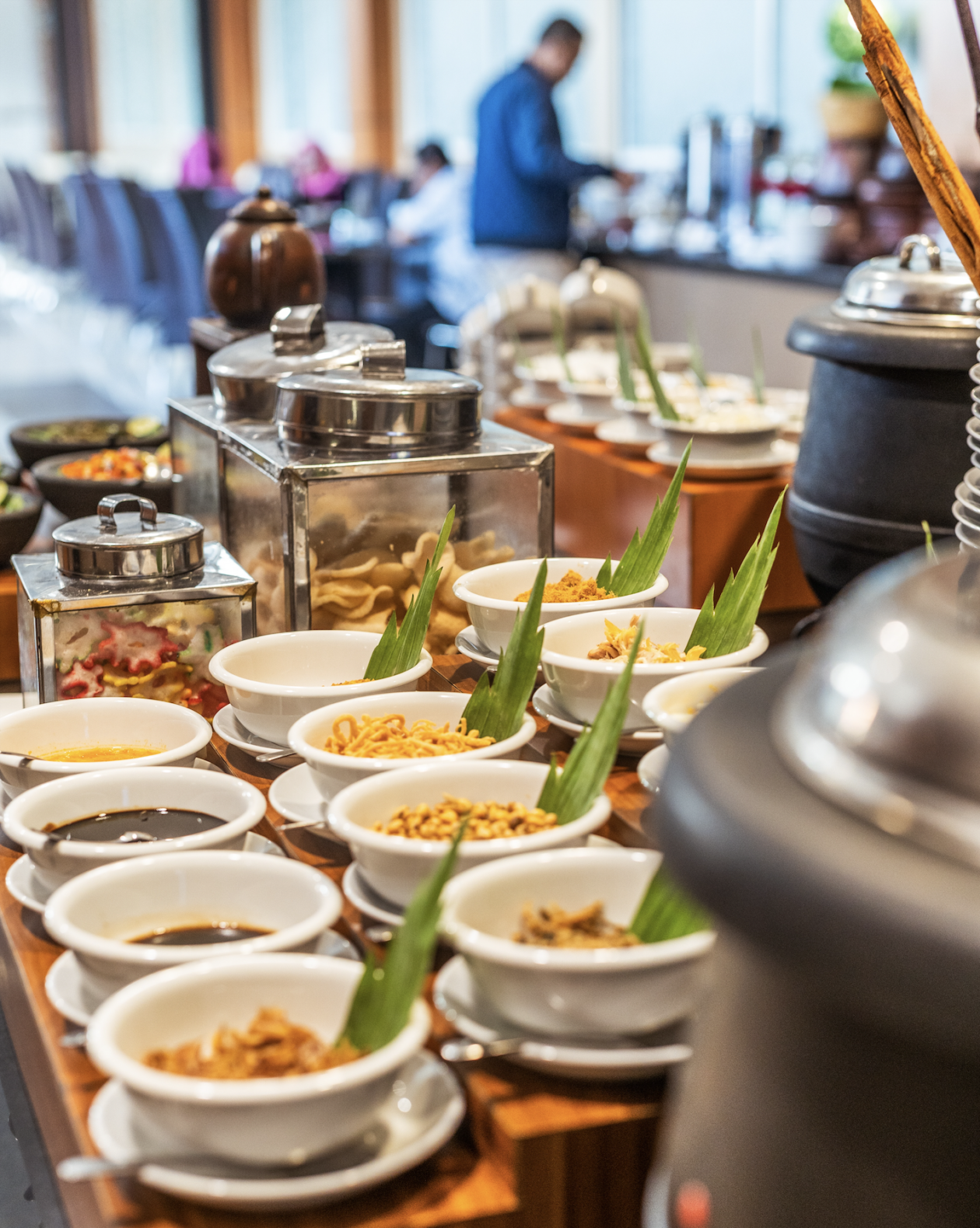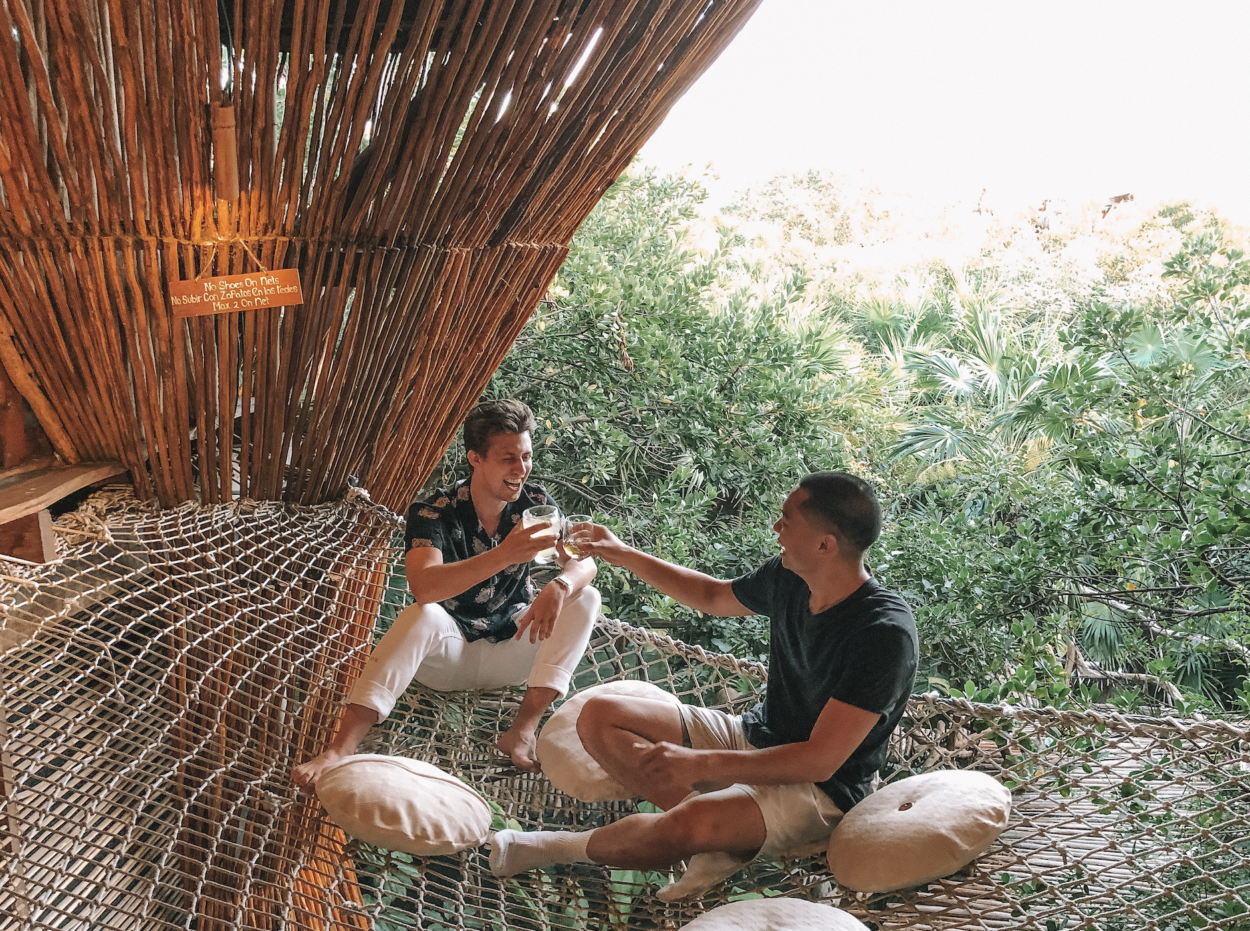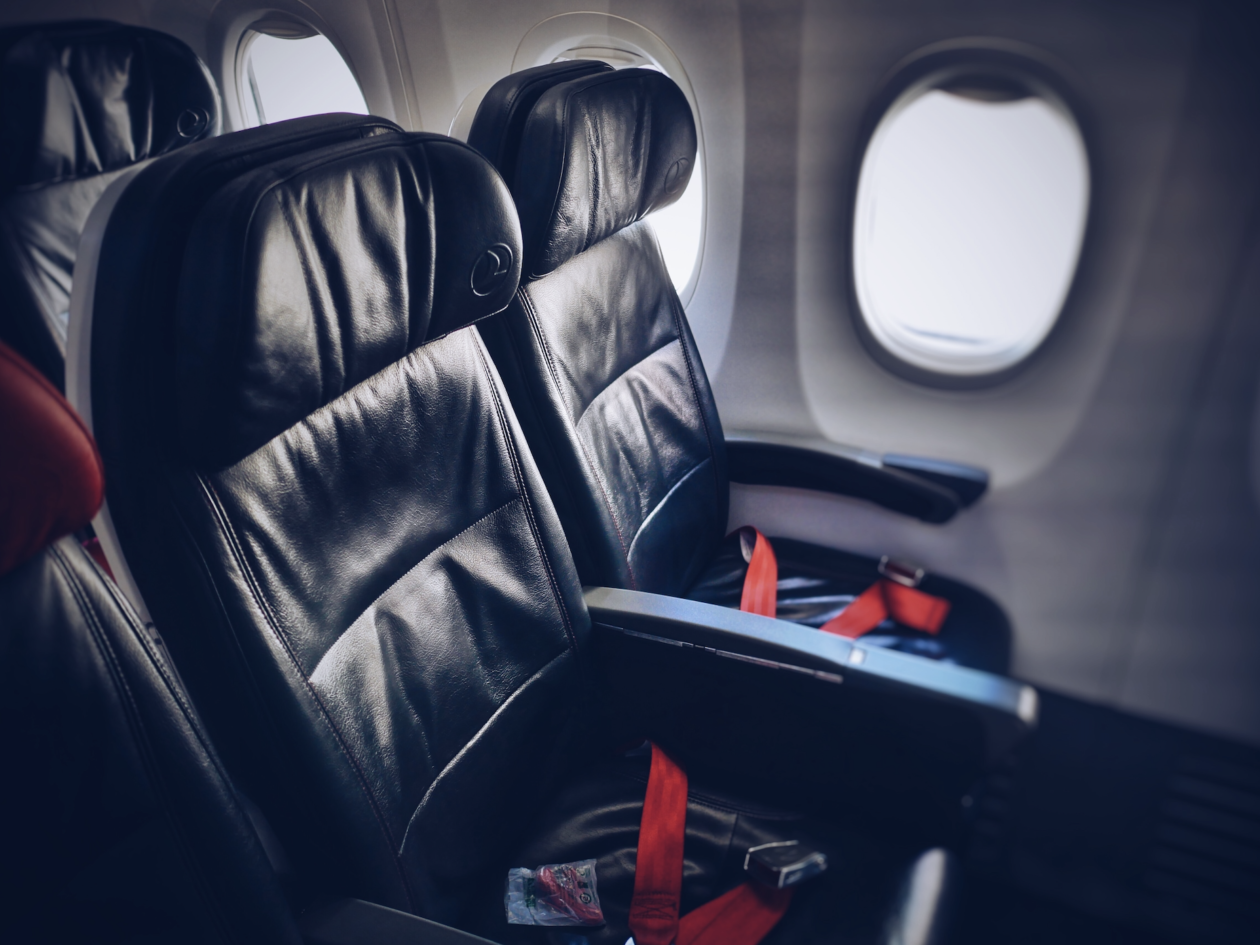
Soft travel is style of travel that has always been around, and thanks to its growing popularity, now has a name.
People have been finding ways to explore the world as effortlessly as possible for a long time. Maximizing their vacation days, while minimizing the stress that comes along with planning a vacation. This is where soft travel thrives.
Whether it was joining a small group tour, booking a cruise, or going on vacation with your type-A planner friend or family member. You have probably expereinced you have always And they have always been sought after by people who don’t enjoy the meticulous planning that vacations often require, but still want to travel the world.
soft travel these travel experiences that don’t require extensive planning have always been an option.
What is Soft Travel?
Now let’s break down what exactly soft travel is and who it is for.
Soft travel is an approach to travel centered on minimal planning. It emphasizes ease and simplicity, enabling travelers to effortlessly explore the world.
This type of travel is ideal for those who crave adventure and exploration without the stress of detailed planning. As a category of travel, soft travel includes varying degrees of simplicity, making it easy to find the perfect balance between comfort, spontaneity, and personalization. So whether you’re an experienced globetrotter or a first-time traveler, the soft travel approach could be perfect for you.

How to Soft Travel
Level 1 – Minimal Planning Requirements, But Minimal Opportunity to Explore
This most basic level of soft travel is perfect for those who desire a fully immersive and hassle-free vacation experience. This level of travel is characterized by all-inclusive resorts, wellness retreats, and similar travel experiences where everything you need is provided in one package.

Level 1 Soft Travel Includes:
All-inclusive resorts offer the ultimate relaxation experience, as accommodations, meals, drinks, and a wide range of activities are all taken care of for you. These resorts often cater to various interests, such as beach getaways, family vacations, or romantic escapes. With everything included, you can fully unwind and enjoy your time without worrying about planning your day-to-day activities or keeping track of expenses.
Wellness retreats, another popular option in enjoying a vacation in the easiest level of soft travel, focus on rejuvenating your body, mind, and spirit. These retreats typically offer a combination of healthy meals, exercise classes, spa treatments, and workshops or seminars related to well-being. By providing a serene and nurturing environment, wellness retreats allow you to disconnect from daily stressors and focus on personal growth and relaxation. Similar to all-inclusive resorts, wellness retreats often include most, if not all, services and amenities in the package price, allowing you to concentrate on your well-being and enjoying your new surroundings without fretting over additional costs or planning.
Level 1 of soft travel is ideal for those who want a seamless and stress-free vacation, with minimal decisions or planning required. By choosing an all-inclusive resort or wellness retreat, you can focus on making the most of your vacation days, knowing that everything has been taken care of for you.
Soft Travel Level 1 Drawbacks:
While this level of soft travel offers many benefits, such as a stress-free and immersive vacation experience, there are some potential drawbacks to consider. Here are a few negative aspects of this level of soft travel:
- Minimal exploring: Since level 1 soft travel focuses on all-inclusive resorts and wellness retreats, you may find that your opportunities for exploration are limited. These vacation experiences often revolve around the resort or retreat, which can restrict your exposure to the local culture and the unique aspects of your destination.
- Staying in one place: As these travel experiences are centered around a specific resort or retreat, you’ll likely spend the majority of your time in one location. This can be a disadvantage if you prefer to visit multiple destinations or experience various landscapes during your vacation.
- Limited cultural immersion: All-inclusive resorts and wellness retreats are often designed to cater to the tastes and expectations of their guests, which can sometimes result in a more “generic” experience. As a result, you may not have the opportunity to fully immerse yourself in the local culture, taste authentic cuisine, or interact with the local community.
- Less personalization: While all-inclusive resorts and wellness retreats provide a wide range of activities and amenities, your choices may still be limited to what’s offered within the confines of the property. This can be a drawback if you prefer a more personalized or tailored travel experience, where you can select specific activities, accommodations, or dining options that align with your interests and preferences.
- Potential for overcrowding: In some cases, popular all-inclusive resorts and wellness retreats can become crowded, especially during peak travel seasons. This may lead to a less relaxing experience, as you might have to contend with crowded pools, long wait times for activities or dining, and limited availability for spa treatments or other amenities.
While this level of soft travel has its downsides, it can still be an enjoyable and relaxing way to spend your vacation if you’re aware of these limitations and choose a destination that aligns with your expectations and preferences.
Level 2 – Low Planning Requirements, Varying Opportunity to Explore
This second level of soft travel is an excellent option for those who want a balance between minimal effort and varying levels of exploration. This level of travel includes cruises, group tours, and booking vacations with the help of a travel agent. Each of these options allows for a different degree of customization, exploration, comfort, and cost.

Level 2 Soft Travel Includes:
Cruises provide a unique opportunity to visit multiple destinations while enjoying the convenience and comfort of a single, floating resort. Cruise ships offer a plethora of dining options, entertainment, and recreational facilities. As you sail from one port to another, you can explore new places without the need to pack and unpack or arrange transportation. Excursions are often organized and can be pre-booked or decided upon once you are onboard, allowing you to tailor your experience to your preferences. Cruises offer varying levels of exploration, depending on the itinerary and shore excursions you choose.
Group tours are an excellent way to explore new destinations without the stress of planning and organizing. With a knowledgeable guide leading the way, you can enjoy the journey and learn about the destination without dealing with logistical challenges. Group tours offer a range of exploration levels, from action-packed itineraries to more leisurely paced trips. You can choose a tour that aligns with your interests, whether it’s focused on culture, adventure, history, or nature.
Travel agents can simplify the vacation planning process by handling all the details for you. They have extensive knowledge of various destinations and can recommend the best options based on your preferences and budget. They can also handle the logistics, such as booking flights, accommodations, and activities, so you don’t have to worry about coordinating everything yourself. With a travel agent’s help, you can choose your desired level of exploration, from a tightly scheduled itinerary to a more flexible plan that allows for spontaneous discoveries.
Soft Travel Level 2 Drawbacks:
While this level of travel offers a great balance between minimal effort and varying levels of traveling, there are some potential drawbacks to consider. Here are a few negative aspects of this level of travel:
- Limited flexibility: With cruises and group tours, you may have limited flexibility in terms of schedule and activities. You’ll often need to adhere to the planned itinerary, which may not leave much room for spontaneous adventures or last-minute changes.
- Less control over your experience: When booking with a travel agent, you’re entrusting them with creating your vacation plan. While they can cater to your preferences, you’ll still have less control over the final itinerary and the specific experiences you’ll have compared to planning the trip yourself.
- Group dynamics: Group tours can be an excellent way to meet new people and share experiences, but they can also come with challenges. You may not always get along with everyone in the group, or you might find the pace of the tour too fast or too slow for your liking.
- Additional costs: While cruises and group tours often include many amenities and activities in the package price, there may be additional costs for optional excursions, special dining options, or gratuities. These extra expenses can add up and potentially impact your travel budget.
- Environmental impact: Cruises, in particular, have been criticized for their environmental impact, including air and water pollution. If sustainability is a priority for you, it’s essential to research cruise lines that prioritize eco-friendly practices and choose a group tour operator with a strong commitment to responsible travel.
Despite these potential drawbacks, this level 2 of soft travel can still be a rewarding and enjoyable travel experience if you’re aware of the limitations and choose options that align with your preferences and expectations.
Level 3 – Low/Mid Planning Requirements, Varying Opportunity to Explore
This third level of soft travel is an excellent fit for travelers who desire more independence and personalization in their journeys. It centers around itinerary-based traveling, which involves discovering and following a travel plan tailored to your preferences. This is usually an itinerary created by another traveler based on their own experiences, allowing you to benefit from their insights and recommendations and skip the meticulous research that typically comes with visiting somewhere new.

Level 3 Soft Travel Includes:
Self-guided itineraries are the pillar of level 3 and are best for those who prefer more independence. Many travelers and travel influencers share their detailed itineraries online (check out mine here), providing valuable resources for those seeking self-guided adventures. These itineraries often include recommendations for accommodations, activities, transportation, and dining, allowing you to follow a tried-and-tested journey that a fellow traveler has already perfected.
By leveraging the insights and experiences of others, you can create your own self-guided itinerary with greater confidence, knowing that the recommendations come from firsthand experiences. This approach enables you to explore your destination at your own pace while benefiting from the knowledge of those who have already ventured there.
In addition to the authenticity of these itineraries, self-guided trips can be a more cost-effective option for travelers. By planning and organizing the journey independently, you can often save money compared to per-packaged tours or customized trips arranged by travel agents. This allows you to allocate your budget to the aspects of your trip that matter most to you, such as unique experiences or higher-quality accommodations.
And since these itineraries are often accompanied by reviews or testimonials from the travelers who created them, you can gain a better understanding of what to expect and make more informed decisions about your trip. This added layer of insight can help ensure that your self-guided journey is both enjoyable and well-suited to your travel style and preferences.
Soft Travel Level 3 Drawbacks:
While self-guided itineraries offer many benefits, such as cost savings and a more personalized travel experience, there are some potential drawbacks to consider. Here are a few disadvantages of this approach to travel:
- Increased effort: Compared to the other levels of Soft Travel, self-guided itineraries require more effort on your part. You will need to research and find an itinerary that suits your preferences and interests, and then plan and book each component of the trip, such as accommodations, tours, and activities.
- Time-consuming: The process of searching for the perfect itinerary, as well as making all the necessary bookings, can be time-consuming. This might be a disadvantage for those with limited time or who prefer a more straightforward planning process.
- Lack of professional guidance: While following an itinerary created by a fellow traveler can offer valuable insights, it may not always provide the same level of expertise or local knowledge as working with a professional travel agent or tour operator.
- Responsibility for logistics: With a self-guided itinerary, you are responsible for handling all the logistics of your trip, from booking accommodations and transportation to coordinating schedules and ensuring that everything runs smoothly. This can be a source of stress for some travelers, particularly when encountering unexpected challenges or changes in plans.
Despite these drawbacks, self-guided itineraries can still be an excellent option for travelers who are willing to put in the extra effort and embrace the challenges of independent travel.
Benefits of Soft Travel
Soft travel offers numerous benefits that cater to various types of travelers, making it an attractive option for those seeking an enjoyable and stress-free journey. Here are some key advantages of soft travel:
- Minimal planning and effort: One of the main appeals of soft travel is the reduced amount of planning and effort required. From all-inclusive resorts to pre-planned itineraries, soft travel takes the stress out of organizing your trip, allowing you to focus on enjoying your time away.
- Time savings: With the logistics and planning handled by professionals or pre-planned itineraries, soft travel saves you time that would otherwise be spent on research and organization. This allows you to make the most of your vacation days and fully immerse yourself in the destination.
- Various levels of exploration: Whether you want to stay in one spot, or globe trot, soft travel has options allowing you to choose the experience that best suits your travel style. This flexibility caters to diverse interests and preferences, ensuring that your trip aligns with your desired level of adventure and engagement.
- Global options: There are soft travel options available worldwide, ensuring that your travel opportunities are not limited by destination. This means you can truly explore a wide range of places with minimal stress simply by choosing a soft travel type of vacation.
- Budget-friendly options: Oftentimes, soft travel vacation plans end up costing less than taking the planning completely in your own hands . This is because tour operators typically get bulk discounts from the hotels and activities they include. And all-inclusive vacation packages and cruises often go on sale, so you can get a great deal by being on the lookout. These options can really help you manage your travel budget and allocate funds to the parts of your trip that matter most to you.
- Support and peace of mind: With many of these soft travel levels, you have the support of professionals who can assist with any issues or challenges that may arise during your trip. This just provides an added layer of reassurance and peace of mind, knowing that help is available if needed.
Overall, Soft Travel offers a range of benefits that cater to various travel preferences and needs, making it an attractive option for those seeking a stress-free and enjoyable vacation experience. With minimal planning, customizable experiences, and professional support, Soft Travel can help you make the most of your time away and create lasting memories.
Summary
As you’ve learned now, soft travel is a new name given to this category of travel that has long since been missing one.
This approach to travel prioritizes minimal planning and effort while offering various levels of exploration and customization to suit individual preferences and interests. From all-inclusive resorts to itinerary-based journeys, soft travel encompasses a range of options designed to deliver an enjoyable and stress-free experience. It empowers vacationers to focus on what truly matters: immersing themselves in new cultures, savoring authentic experiences, and creating lasting memories.
Ultimately, soft travel is ideal for those seeking to explore the world with ease and simplicity, making it an ideal choice for a wide range of travelers.




